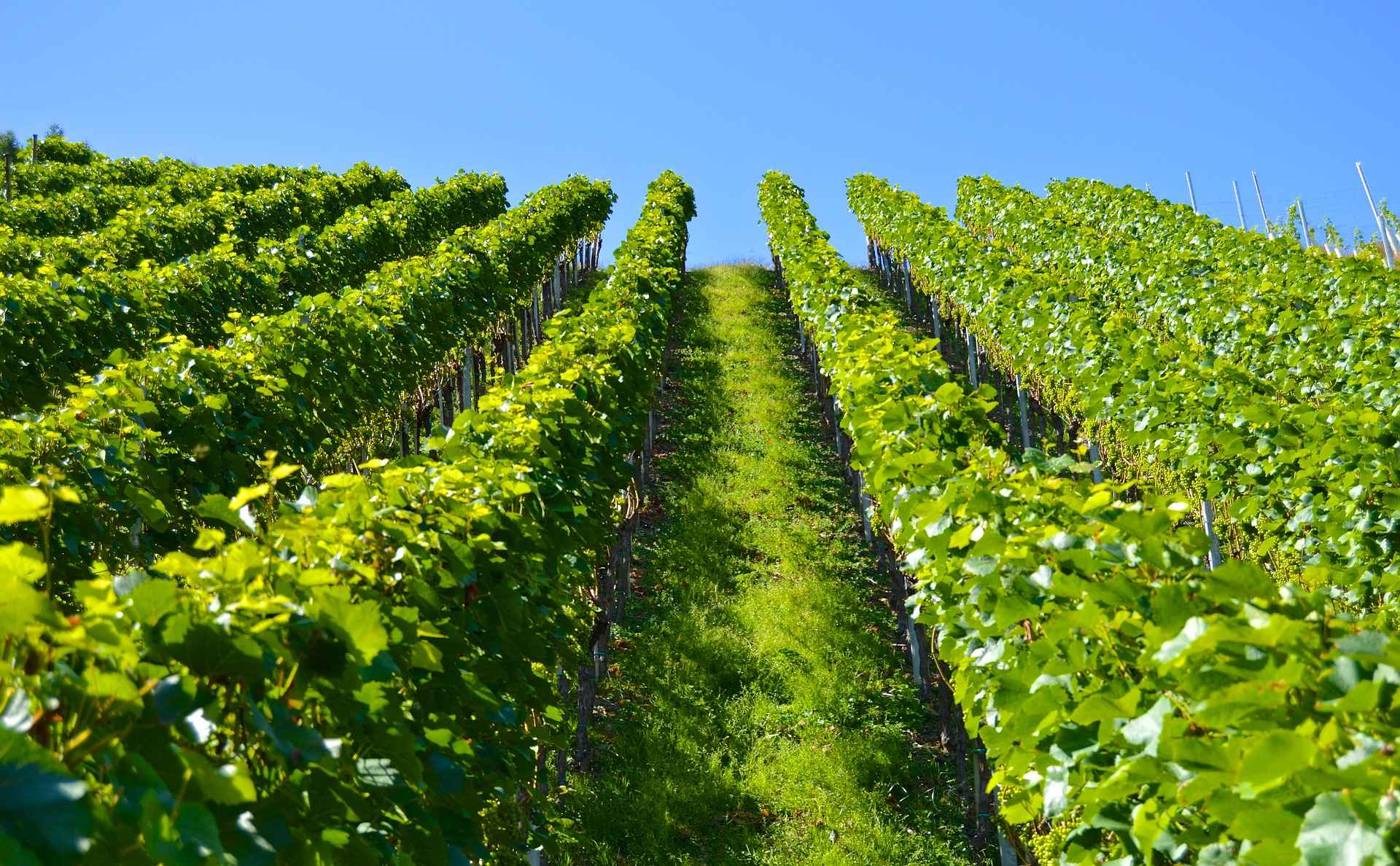
renza wines
Vineyards
THE VINEYARDS PUGLIA
Primitivo is mainly widespread in the provinces of Bari and Taranto but has very ancient origins.
The Primitivo grapes have the particularity of accumulating a large amount of sugars, thus giving rise to wines with a high alcohol content.
Negroamaro is a very popular grape variety in Salento, where it resists high temperatures very well, preserving its acidity. It is one of the oldest vines in Italy.
Its name is the result of the union of the Latin word “niger” with the Greek word “mavros”: both mean black, due to the very dark color of the grapes.
Negroamaro wines have a good structure, are warm and soft, with enveloping and velvety tannins.
Nero di Troia is a grape variety widespread in the BAT province (Barletta-Andria-Trani) and in the Foggia area. Its origins have not yet been clarified. The legend is linked to Diomede, the hero of the Trojan War, who allegedly brought this variety with him from the mythical city of Troy.
Nero di Troia is a structured wine, full-bodied and with high tannins, with light bitter notes.
THE VALPOLICELLA VINEYARDS
Speaking of Amarone and Ripasso della Valpolicella we can only thank the vineyards that have always allowed us to create these masterpieces in the bottle.
Wines of this quality are the result of the careful and accurate selection of the grapes from these vineyards. 40% of Corvina, 30% of Rondinella, 20% Corvinone and the remaining 10% composed of other varieties:
Thanks to this formula of the vineyards of this area we can transform the fruit into a glass tasted all over the world.
Wines in which, if tasted in silence and with religious attention, it is possible to feel the kiss of the sun of the vineyards, the dedication of the harvest during the harvest and, above all, the love of the people inside each bottle.
PROSECCO VINEYARD
The grapes for the production of Prosecco DOC come mainly from Glera, a native vine of northeastern Italy, known since Roman times.
Glera is a white grape variety. It has hazelnut-colored shoots and produces large and long clusters, with golden-yellow berries. Its cultivation includes, in addition to the vertical orientation of the shoots and the elimination of those in excess, also topping and binding to obtain a microclimate suitable for the accumulation of aromatic substances on the berry.

